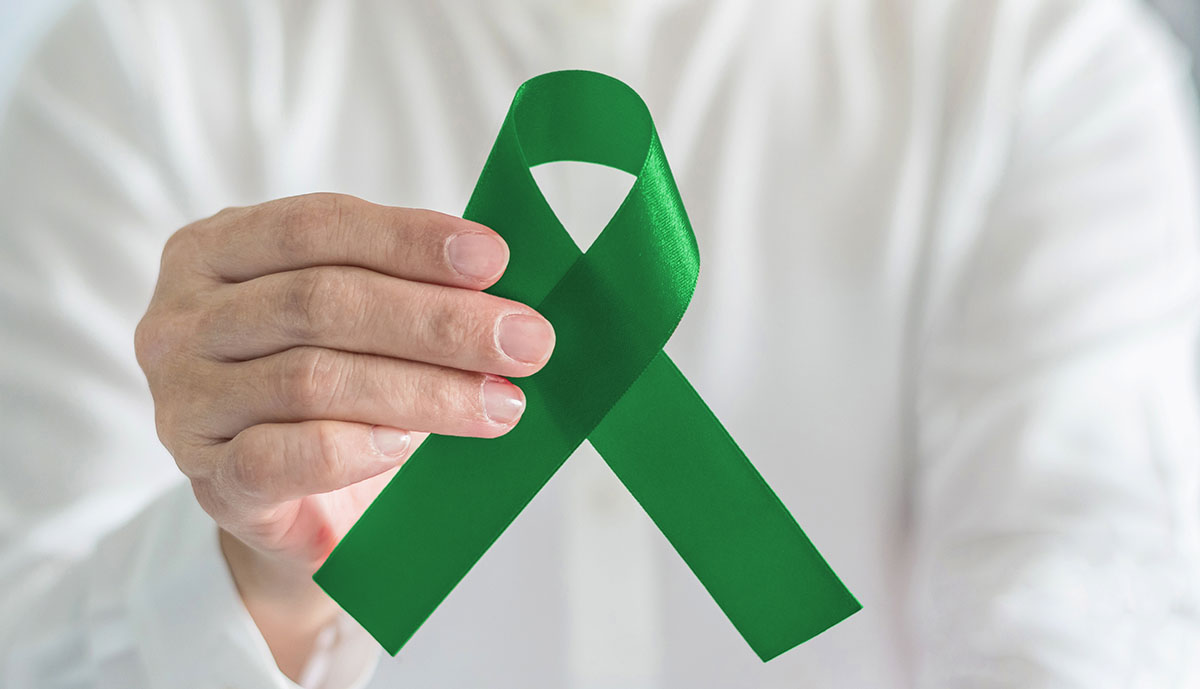Cerebral Palsy Attorney

Cerebral palsy is the most common motor disorder in children, affecting 1.5 to 4 out of every 1,000 live births. About 17 million people are living with cerebral palsy worldwide. Unfortunately, many cases could have been prevented through proper medical care. If you suspect that your child’s cerebral palsy might have been caused by the negligence of a medical care practitioner, call Douglas & London for a free legal consultation. A knowledgeable and experienced cerebral palsy attorney from our firm can determine how much your case is worth and lay out your legal options for money damages. Lifetime costs for cerebral palsy care and treatment are immense; don’t leave money on the table! Get the full and fair compensation you deserve by working with a compassionate, dedicated New York personal injury lawyer at Douglas & London.
What is Cerebral Palsy?
Cerebral palsy refers to a group of disorders that affect a person’s ability to move and maintain balance. “Cerebral” has to do with brain impairment, while “palsy” indicates a weakness in the muscles. Of those who have cerebral palsy, 39% have hemiplegia/unilateral (affecting the arms and legs on one side), 38% have diplegia/bilateral (affecting both legs), and 23% have quadriplegia/bilateral (affecting all four limbs).
The three basic types of cerebral palsy include:
- Spastic (70-80%) – Characterized by jerky, exaggerated movements; tight and stiff muscles; limited mobility; difficulty extending the joints; crossed knees; and walking on tiptoes.
- Athetoid (10%) – Characterized by involuntary movements of the hands, legs, feet, and arms; difficulty eating, walking, and sitting; issues with speech and mispronunciation.
- Ataxic (5-10%) – Characterized by a lack of balance and depth perception; difficulty with fine motor skills and gross motor skills; unsteady gait; poor coordination; shaking or tremors.
- Mixed (10%) – A combination of two or more forms of CP; the most common type of combined cerebral palsy involves spastic and athetoid varieties.
CP does not worsen over time, though the symptoms may change or emerge later in life.
The symptoms of cerebral palsy may be clear at birth with a baby who feels too stiff or too floppy. Other times, CP is not diagnosed until the baby fails to meet milestones for rolling, sitting up, or crawling. Babies over six months of age may not be able to roll over, bring the hands together or to the mouth, or unclench a fist. Babies nearing a year may scoot, but not crawl on all fours, or may crawl in a lopsided “push-off” manner. The most accurate diagnosis can be obtained when the child is two years of age.
 How Much Does Cerebral Palsy Cost A Family?
How Much Does Cerebral Palsy Cost A Family?
Depending on the severity, the cost of caring for someone with cerebral palsy ranges from $921,000 to over $1 million when accompanied by an intellectual disability. Indirect costs like lost productivity and wages account for $742,326 of the $921,000, but direct medical expenses total roughly $93,942. Direct non-medical costs like special education, assistive technology, and home modifications are responsible for $84,732.
Additional expenses to the family include out-of-pocket co-pays, emergency room visits, lost wages of family caregivers, and the mental toll of emotional pain and suffering.
 Do You Need A Cerebral Palsy Lawyer?
Do You Need A Cerebral Palsy Lawyer?
If you’re worried about how you can afford to take care of a child or adult with cerebral palsy, a civil lawsuit may be an option. A cerebral palsy lawyer can investigate your claim to see if you have legal grounds to sue a medical practitioner for negligence. If your claim holds water, the legal team will work hard to compile documents and testimony that helps you secure maximum compensation through settlement negotiations or a jury trial.
It is not recommended that you try to take on a medical establishment yourself, as they fight very rigorously with the area’s top defense lawyers to protect their reputations.
While a personal injury lawsuit cannot undo the harm that has been done, it can help families caring for a loved one with cerebral palsy recoup expenses related to:
- Past, present, and future medical expenses
- Lost time off work
- Emotional pain and suffering
- Assistive technology
- Special education
- Home modifications
A civil lawsuit is a way of holding medical facility staff accountable for their actions or inactions, putting pressure on them to enact cerebral palsy prevention measures, so other families do not have to endure similar hardship.
What Causes Cerebral Palsy?
Oxygen deprivation related to problems with the placenta, umbilical cord, or uterus is the most common cause of cerebral palsy. Physicians should adequately assess fetal heart rate, monitor for signs of fetal distress, and quickly perform a C-section in response.
In cases where cerebral palsy could have been prevented, the family may file a civil lawsuit against the physician and medical care facility to recover some of their financial losses. Negligence on the part of doctors and medical staff that can cause cerebral palsy include:
- Failure to Monitor: if nurses and other staff fail to adequately monitor the child’s condition before, during, and after delivery, complications may arise, including oxygen deprivation, that can cause birth injuries such as cerebral palsy.
- Failure to Perform a C-section: in some cases, brain damage to the child is the result of failing to perform a timely C-section when the child’s vital signs indicate lack of oxygen, dangerous change in heart rate, or other problems.
- Failure to Respond to Signs of Fetal Distress: If doctors and medical staff are delayed in recognizing medical emergencies during delivery, such as an umbilical cord wrapped around the child’s neck, parents may be able to sue if the result of this delay is the emergence of cerebral palsy in the child.
- Errors During Forceps Delivery: If excessive force is used during a forceps delivery, pressure on the child’s brain can lead to brain damage and cerebral palsy.
- Failure to Notice Jaundice: Infant jaundice can cause yellow coloring in a baby’s skin and eyes. If medical personnel fail to recognize and treat jaundice, in extreme cases it could lead to brain damage, cerebral palsy, hearing loss, vision problems, and intellectual disabilities.
- Failure to Notice Infection: Some infections – such as syphilis, rubella, or even chicken pox – in the mother can be passed on to the child during or after birth and can lead to serious injury in the infant, including developmental delays and cerebral palsy.
- Failure to Detect Cerebral Palsy Warning Signs: When nurses and doctors fail to recognize and appropriately respond to warning signs of birth injury – including difficulties with sucking or swallowing, poor muscle tone, muscle spasms, skull fractures, lowered heart rate, and Erb’s palsy – it could exacerbate the child’s developmental delays and result in irreversible long-term damage.
Get the Money You Need for the Cost of Cerebral Palsy
It costs you nothing to speak with a cerebral palsy attorney at Douglas & London in New York City. We work on a contingency basis only, meaning that you pay nothing upfront for our legal services. Call today for a free case review!

